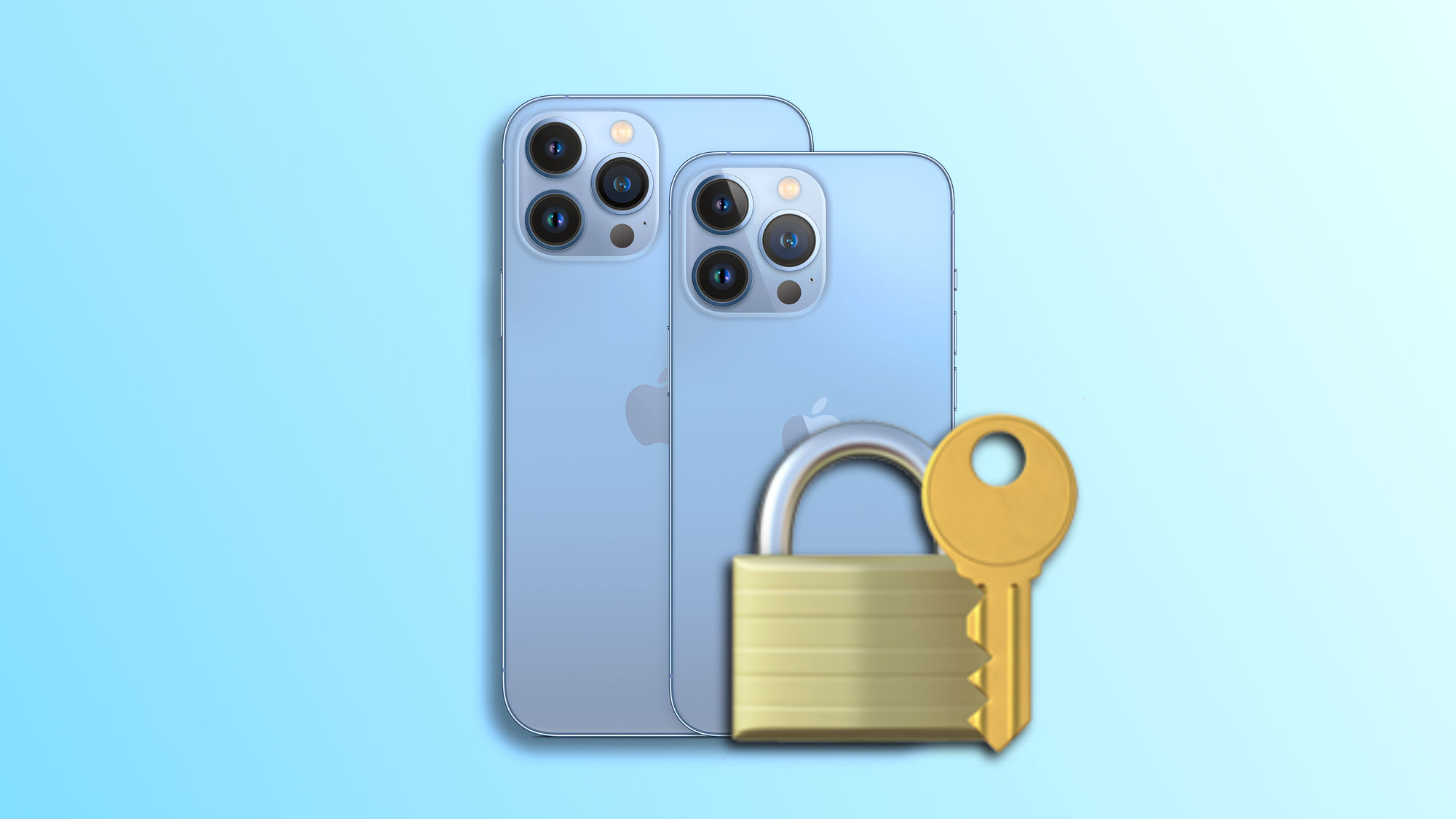The iPhone is safer than ever. Year after year, version after version, Apple introduces more security features to keep our information safe. In iOS 17.3, a new mode arrives: Stolen Device Protection. A mode that ensures that if an iPhone is lost, a potential attacker will find their options to take control of the phone severely limited.
Beyond simple locking: A shield against unauthorized access
Stolen Device Protection represents a significant advance in iOS security measures. When this function is activated, a new layer of security is imposed: biometric authentication through Face ID or Touch ID to carry out critical actions. This includes, but is not limited to, accessing passwords saved in the iCloud keychain, requesting a new Apple Card, deactivating Lost Mode, and deleting all content and settings from the device.
This function overrides the possibility of using the device's passcode as an alternative method in situations where authentication via Face ID or Touch ID might fail. In other words: no one except the legitimate owner of the iPhone, not even someone close to them who might know the code, can carry out certain actions. Which exactly? These:
- View or use passwords or access keys saved in iCloud Keychain.
- Request a new Apple Card.
- View a virtual Apple Card.
- Deactivate Lost Mode.
- Erase all content and settings.
- Carry out certain actions with Apple Cash and Savings in the Wallet app.
- Use payment methods saved in Safari.
- Use the iPhone to set up a new device.
Furthermore, a one-hour security delay is introduced for extremely sensitive actions, such as changing the Apple ID password. With this, we can ensure that the legitimate owner of the phone has time to take the necessary actions, including activating lost mode, locking or remotely erasing it, as well as changing the Apple ID password, forcing a logout on devices where it was logged in. The exact list of actions with a security delay is as follows:
- Change the Apple ID password.
- Update certain Apple account security settings.
- Change the iPhone passcode.
- Add or remove Face ID or Touch ID.
- Disable Find My [iPhone].
- Disable Stolen Device Protection.
However, these restrictions, thinking of facilitating the user experience, will not always apply when we are in familiar locations such as our home or office, for example. With this, we get the best of security, with the convenience of being able to do whatever we need in our trusted locations.
How to Activate Anti-Theft Mode on the iPhone
To activate this protection, we must go to the Settings app, enter Face ID and Code and then activate Stolen Device Protection. From there, after entering our iPhone's code, the function will be activated, and we will enjoy the highest level of protection.
The iPhone's anti-theft mode is available on all iPhone models compatible with iOS 17, including the iPhone XS and later. A feature that shows how Apple seeks to increase the security of our devices in an increasingly connected world. A setting so that only we have the highest level of access to the most sensitive operations we can carry out on our iPhone.
On Hanaringo | 8 tips to improve our security and privacy online

